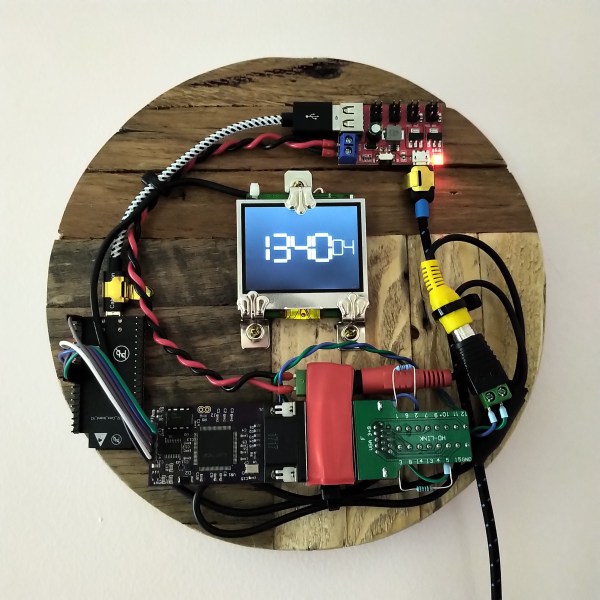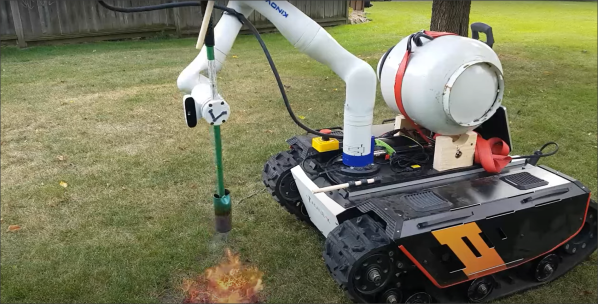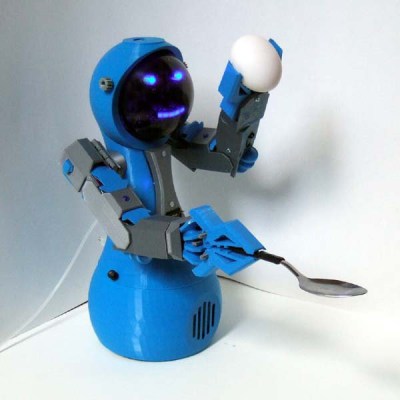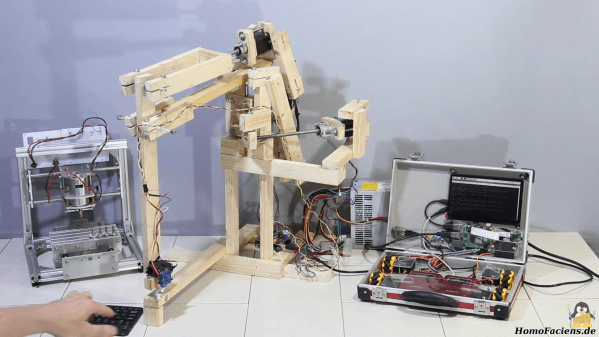This is the final weekend to enter your robot project in the 2021 Hackaday Prize.
The Redefine Robots challenge is looking to you for great ideas in making robots part of modern life. For too long, it’s been the vision of what these machines will look like in the future. But what should they look like right now? Sure, that might be C-3PO, but isn’t it more likely that your robot assistant lives on a smart watch, or that labor saving droid helps by passing the butter when limited mobility makes that a challenge for someone. Where are the everyday things that would be better with just a bit of clever technology?
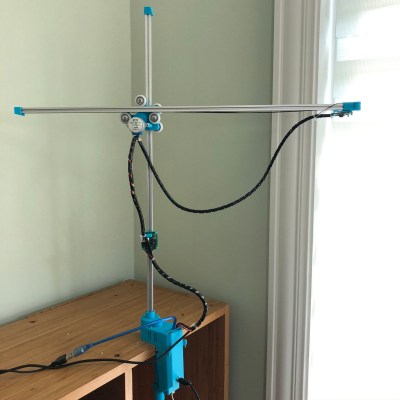
Part of the challenge here is breaking out of that mold developed from decades of seeing robots that tend to take just a few forms; something with four wheels and a camera or bots designed to mimic the human body. One great example of rethinking these stereotypes is [Harry Gao’s] task lighting robot. It uses machine learning to look for your hands on a work surface and move a bright light to make sure you can always see what you’re doing.
Of course movement isn’t a prerequisite, if you want to think of this as a smart automation challenge. The best robots from science fiction are remembered because of their interaction with people — machines with personality. There’s certainly a place in our world for companion robots that keep you company like this entry called Stack-chan. It’s not a replacement for human interaction, but a complement to the way we communicate with each other and the world around us.
You still have time to get in on this round if you make this weekend your own personal hackathon. Ten entries will be selected to receive a $500 prize and move on to the final round at the end of October. Next week we’ll begin the final, wildcard round as we head into the fall and eventually award $25,000 for the top prize!




